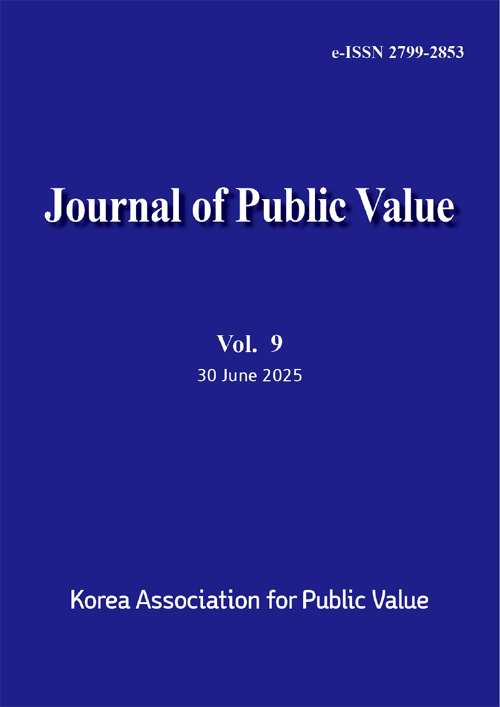Exploring the Potential Expansion of Korean Higher Education for Lifelong Learning in Morocco
- 한국공공가치학회
- Journal of Public Value
- Vol. 9
-
2025.06105 - 112 (8 pages)
-
DOI : 10.53581/jojopv.2025.9.1.105
- 0

Purpose: This study examines how Korea’s integrated model of school-based lifelong character education can offer policy and practical insights for Morocco. It aims to explore ways to embed character education within Morocco’s lifelong learning reforms to fos-ter ethical citizenship and sustainable development. Method: The study employs a conceptual and comparative policy analysis, drawing on secondary sources including government policy documents, academic literature, and international reports. It analyzes Korea’s character education practices across formal, nonformal, and digital education and compares them with Morocco’s current approaches. Results: Korea’s character education is embedded throughout the education system, supported by national policies, teacher training, and digital infrastructure. In contrast, Morocco’s moral education is largely confined to didactic instruction in formal schools, with limited integration into adult or community learning. Opportunities exist for Morocco to adapt Korea’s strategies—such as community-based programs and modular learning platforms—while ensuring cultural and religious contextualization. Conclusion: Character education should be approached as a lifelong, developmental process. Korea’s model provides a valuable reference for Morocco to create a culturally responsive, school-based lifelong learning framework. With appropriate adaptation, Morocco can build an inclusive system that cultivates ethical, civic-minded citizens across all stages of life.
1. Introduction
2. The Importance of Character Education in Lifelong Learning
3. The Lifelong Learning and Character Education Landscape in Morocco
4. Toward a Lifelong Character Education Framework: Lessons from Korea for Morocco’s School-Based Lifelong Learning Model
5. Challenges and Considerations for Morocco
6. Summary of Key Findings and Implications for Policy and Practice
7. Limitations and Directions for Future Research
8. Conclusion
9. References
(0)
(0)